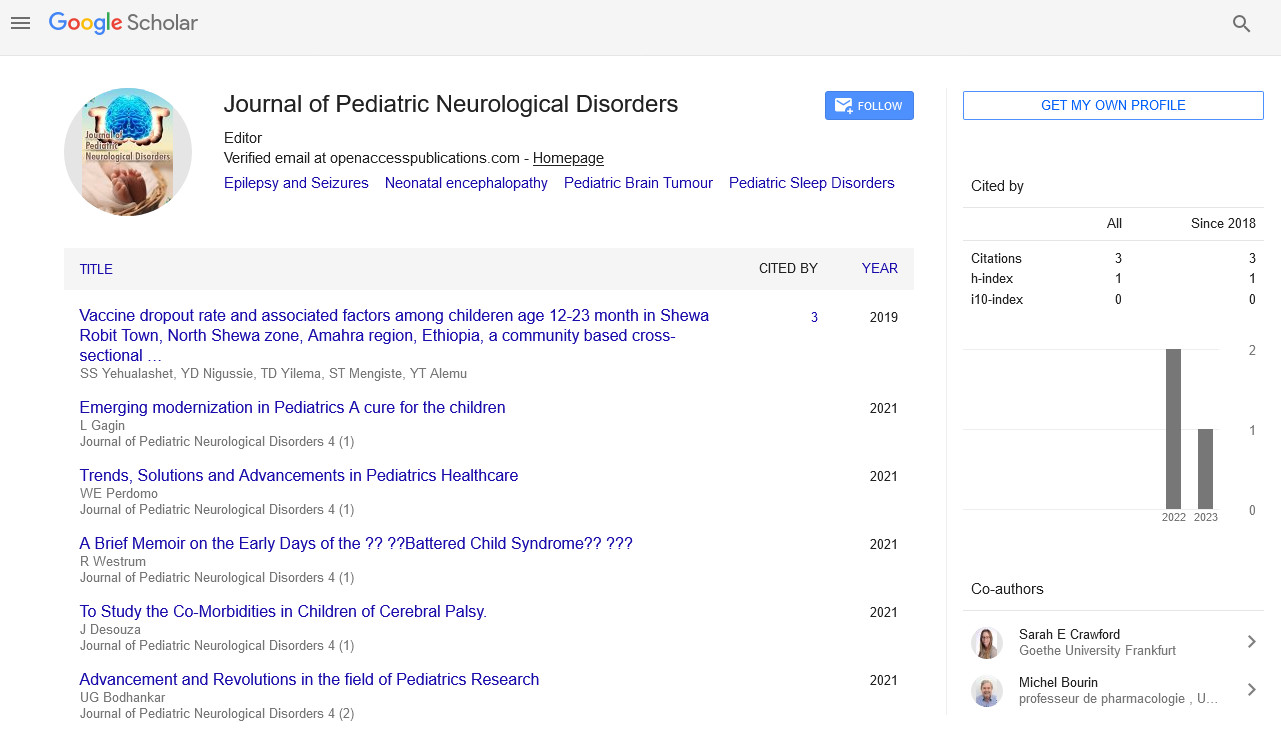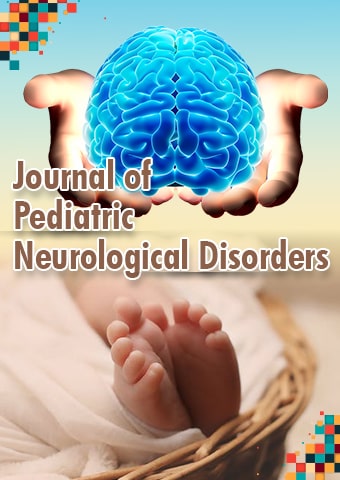Short Article - Journal of Pediatric Neurological Disorders (2019) Volume 2, Issue 1
Reviving innovations in treatment of CNS Disorders
Tammi C. McGill-Carter
Family Focus, Inc, Valparaiso, In Lake County Medical Reserve Corps, Indiana Autism Society of Indiana, USA
Abstract
The global therapeutic market size of the Central Nervous System (CNS) in 2016 was worth USD 77.2 billion and is projected to rise at a CAGR of 5.9 per cent over the forecast period. Advances in diagnostic, therapeutic, and drug discovery methods are driving market development in the first place. In addition, the growing demand for successful therapeutic options motivates major pharmaceutical companies to take advantage of invest in R&D for the same, thus creating future growth opportunities. Additionally, development is expected to be driven by the increasing geriatric population vulnerable to various CNS diseases like Alzheimer's and schizophrenia. In addition, the number of patients is projected to rise as CNS conditions associated with a sedentary lifestyle and chronic mental illnesses become more prevalent. Some of the key factors expected to drive market growth are increasing understanding of mental health, societal acceptance of mentally ill patients, and increasing access to specialized healthcare options. On the other hand, during the forecast era, it is predicted that strict and lengthy drug approval processes and high costs of innovative treatments would hinder market development. Sections of mental wellbeing and degenerative diseases are significant contributors to the growing demand for global CNS therapy. A main factor driving development is technological progress in neurological imaging, which aids in early diagnosis. Organizations such as the WHO and the American Neurological Surgeon Association hold numerous conferences and workshops to raise understanding of mental illnesses and their treatments. Such organizations have also helped build communities in which patients can connect and have a holistic approach to recovery, thus driving the growth of the CNS therapeutics branded 1.09 per cent of global GDP. Mental health segment dominated the market in 2016, and its dominance is projected to continue over the forecast era. Growing numbers of patients with mental illnesses, comprehensive research and development, an increasing number of recovery facilities, and the implementation of new treatment techniques are prime factors that drive growth. R&D and introducing new and innovative neuro approaches Cancer is expected to emerge as the segment with fastest growth. This is due primarily to increased cancer mortality and the increasing need for successful care. Industries including Teva Pharmaceuticals and Eli Lilly and Company are focused on developing medications that can help reduce CNS cancer pain. Neurovascular diseases & mental health divisions are gaining momentum as patients become more knowledgeable and more widely accepted. Increasing numbers of recovery centers along with programs to raise awareness and help psychiatric patients transition in society have contributed to an rise in the number of patients seeking mental health care. The success of each section depends on the availability of trained practitioners, hospitalization services, and successful counselling therapy. In recent years the number of community hospitals with affordable care has grown. Through taking the biggest share in 2016 North America dominated the market. That can be due to factors such as the rising number of recorded depression & anxiety cases and the high acceptance of advanced therapies. In addition, education drives and seminars on the diagnosis and treatment of CNS disorders, including psychiatric illnesses, sponsored and/or rehabilitated by leading pharmaceutical companies

